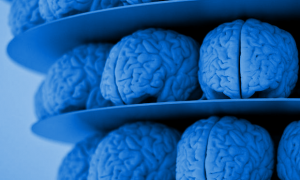There is an on-going dispute regarding de-artifacting methods used in qEEG. Though there are vested interests counseling against the use of modern techniques to remove artifact while leaving the underlying EEG intact, there are also those who have specialized in the area that can provide a detailed reply to the vested interests. Just such a reply was posted recently in a commercial list server, and we got the author’s permission to re-post the discussion on the qEEGSupport.com website in a non-commercial publicly accessible form for all to see.
It specifically points to the fact that the phase changes seen are due to removal of artifact, not the distortion of the underlying EEG, which has residual subtle artifacts remaining if processed with classical approaches.
If you cut time segments out of the EEG to remove artifacts, you also remove the underlying connectivity information, splicing discontinuous microstates together destroys the underlying time series.
In the give and take of the real world of neuroscience, the need to provide a valid time-series showing the connectivity of the neural networks, yet free of artifact, is driving the need to switch to more modern techniques than snipping out segments of time. If you want to distort the timeline of the EEG (phase) just cut and paste lots of EEG together in one second chunks.
The neuroscience community will undoubtedly continue to discuss these issues, but the need for clean valid EEG is driving the field to these newer techniques, and they are performing well under the scrutiny.
Jay Gunkelman
Read more






